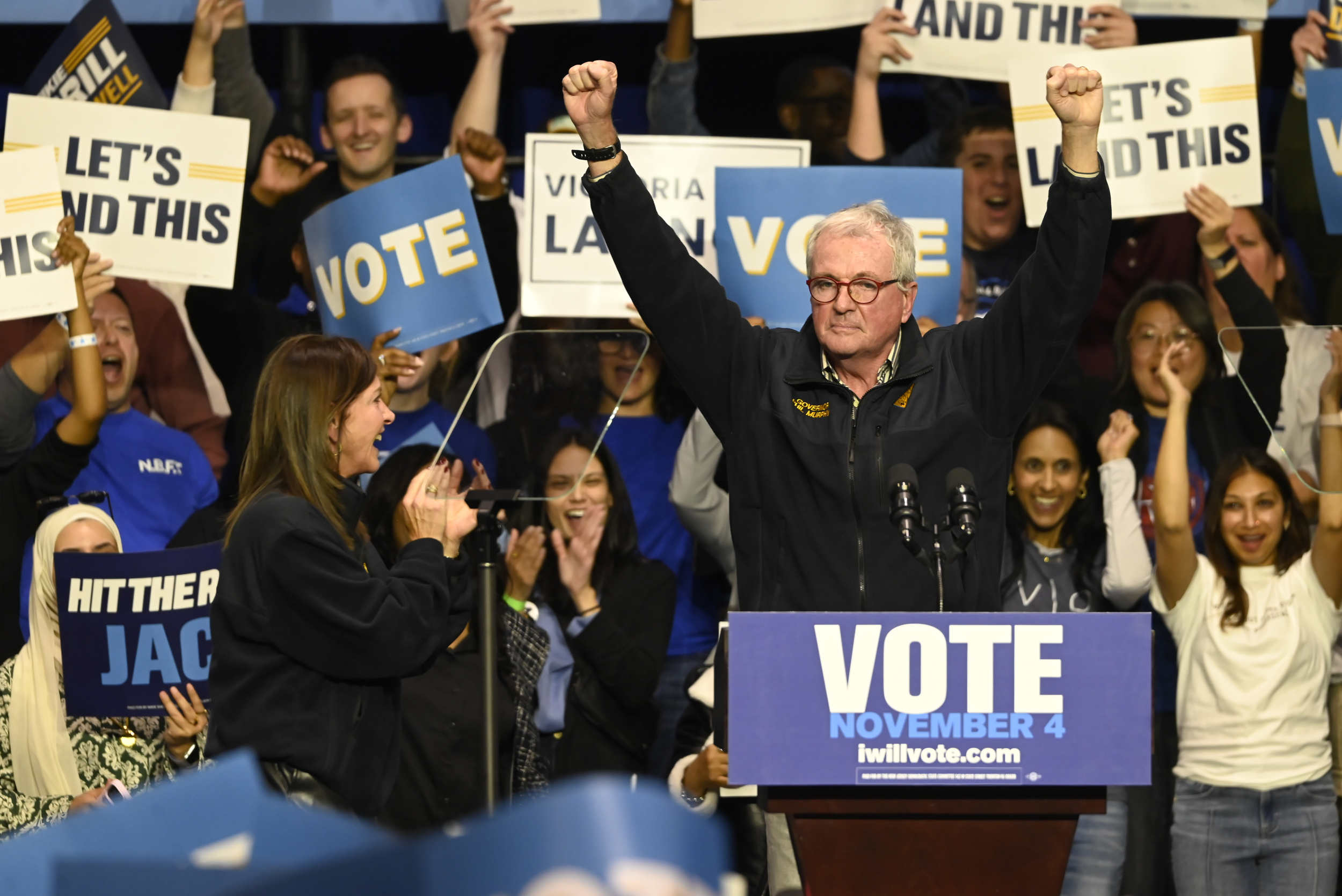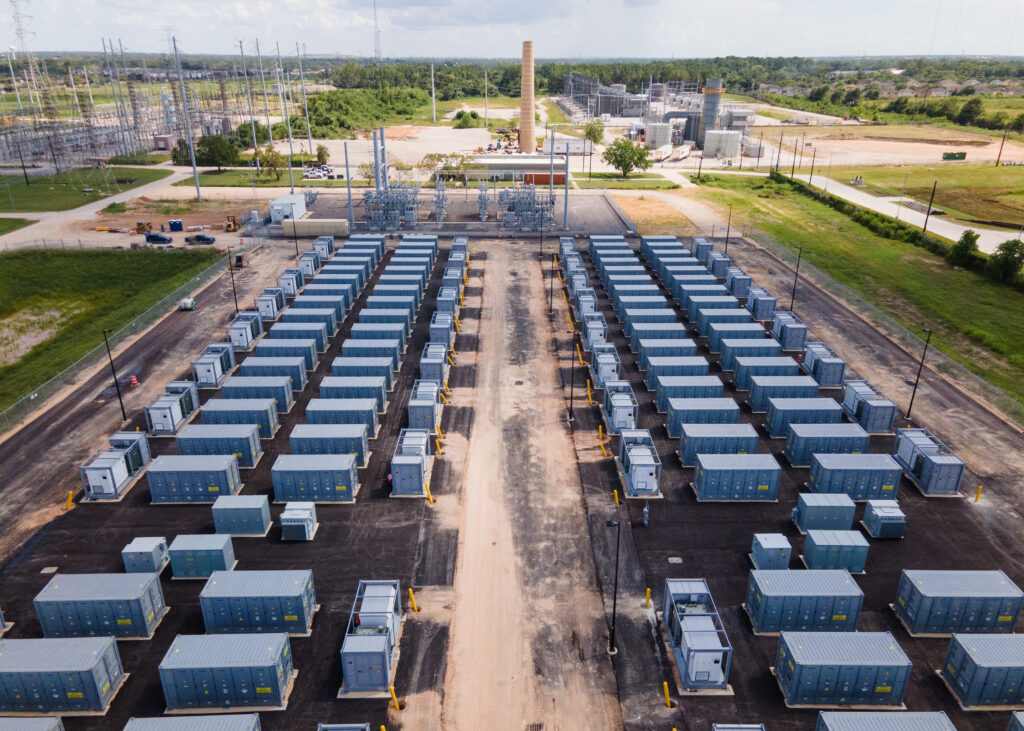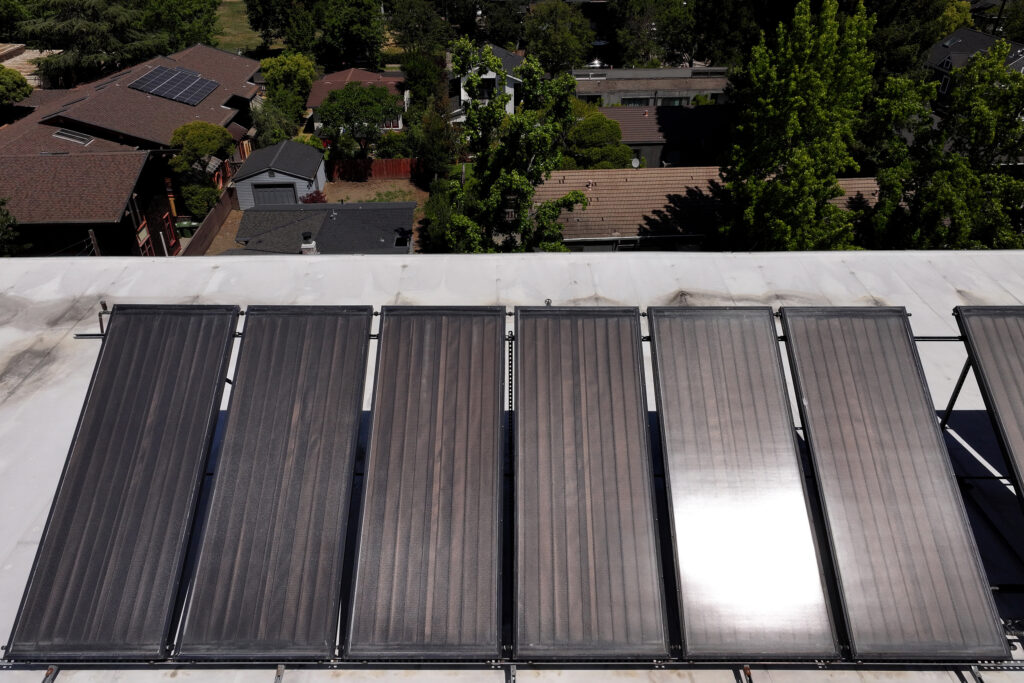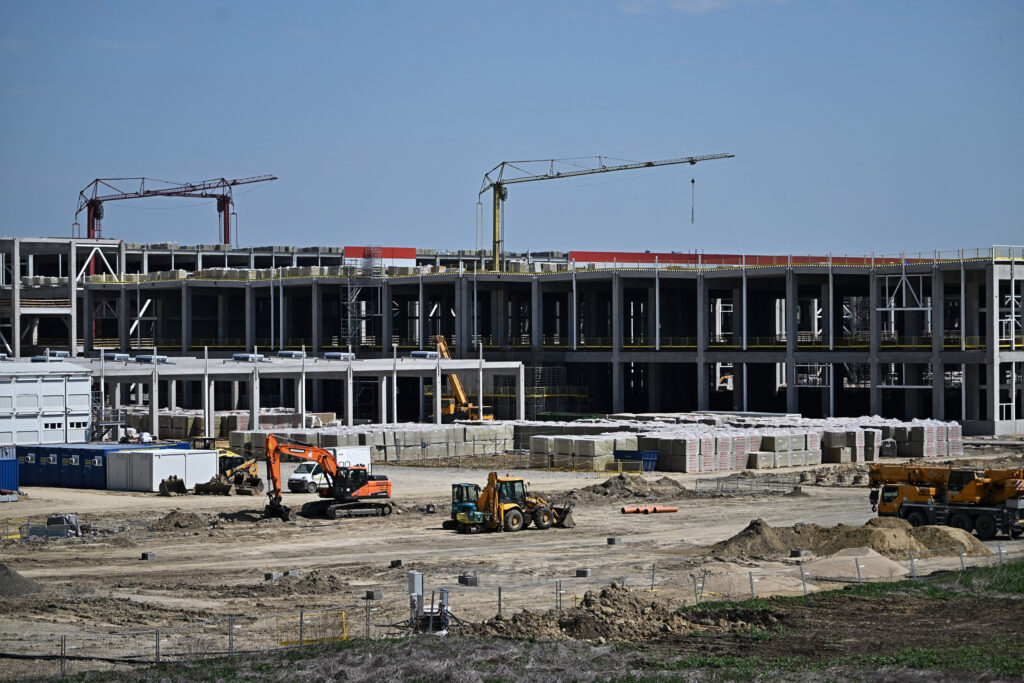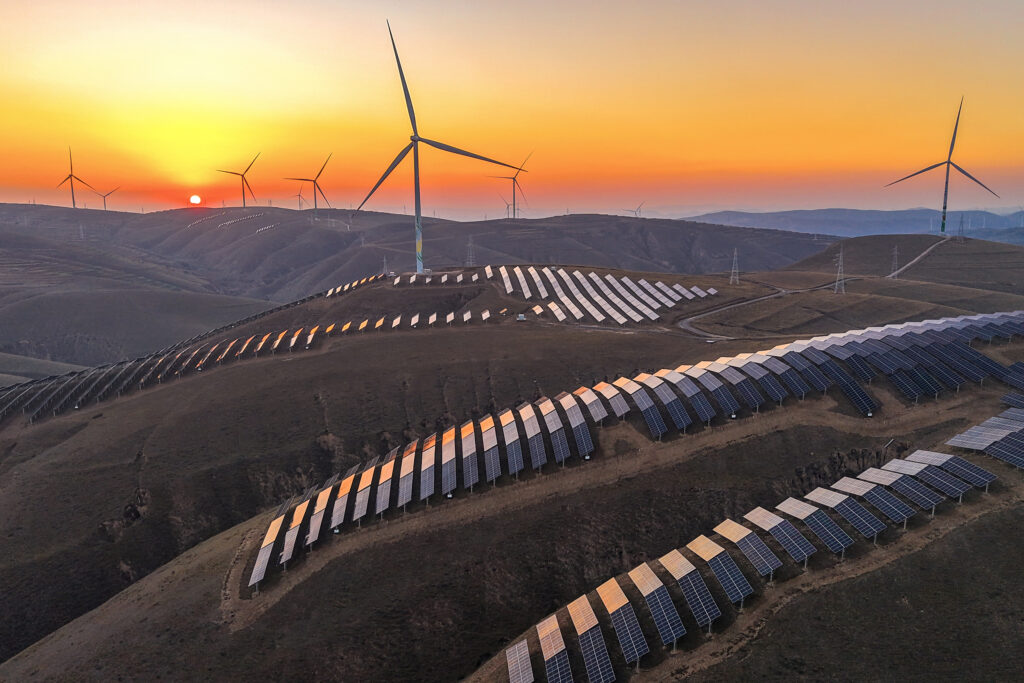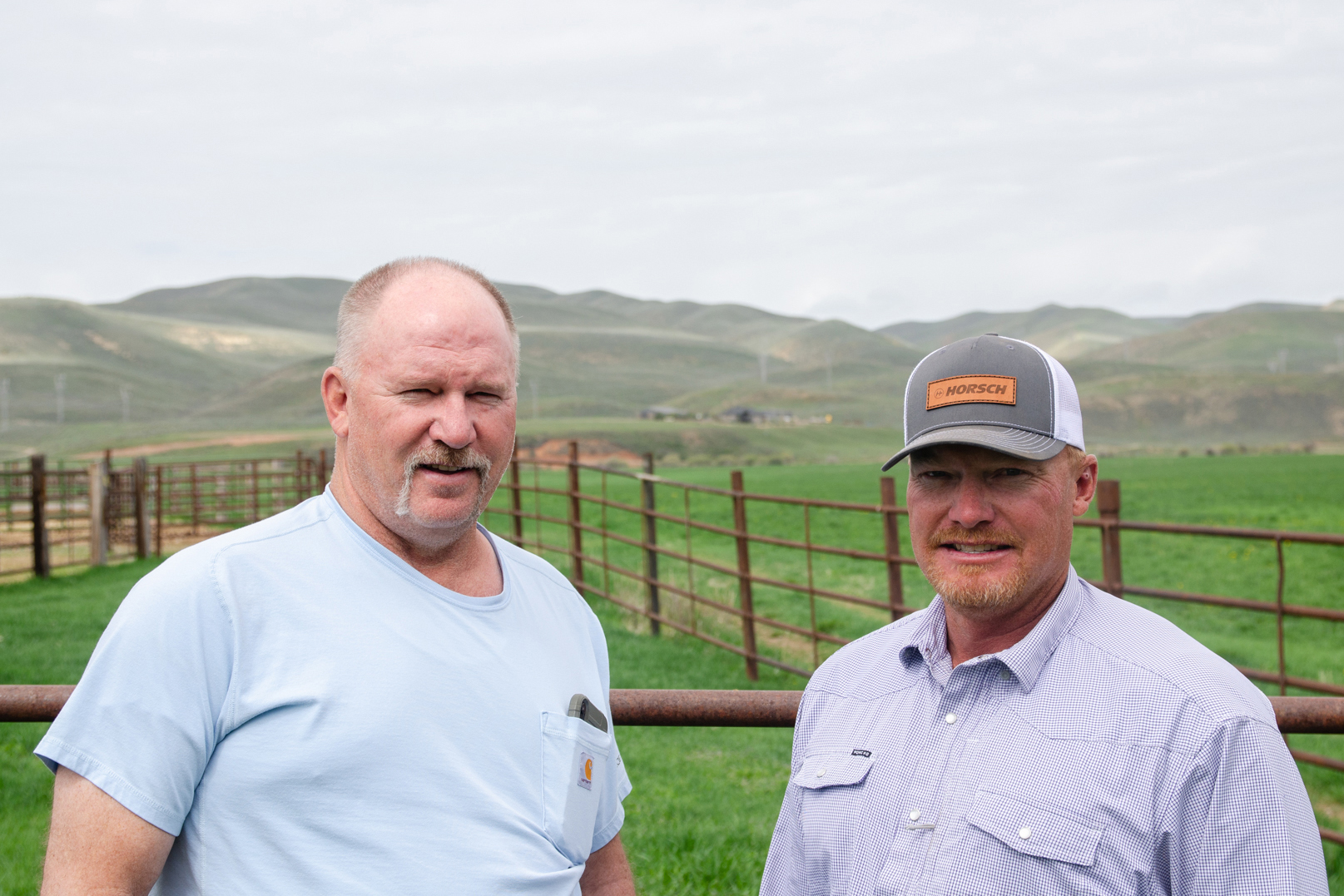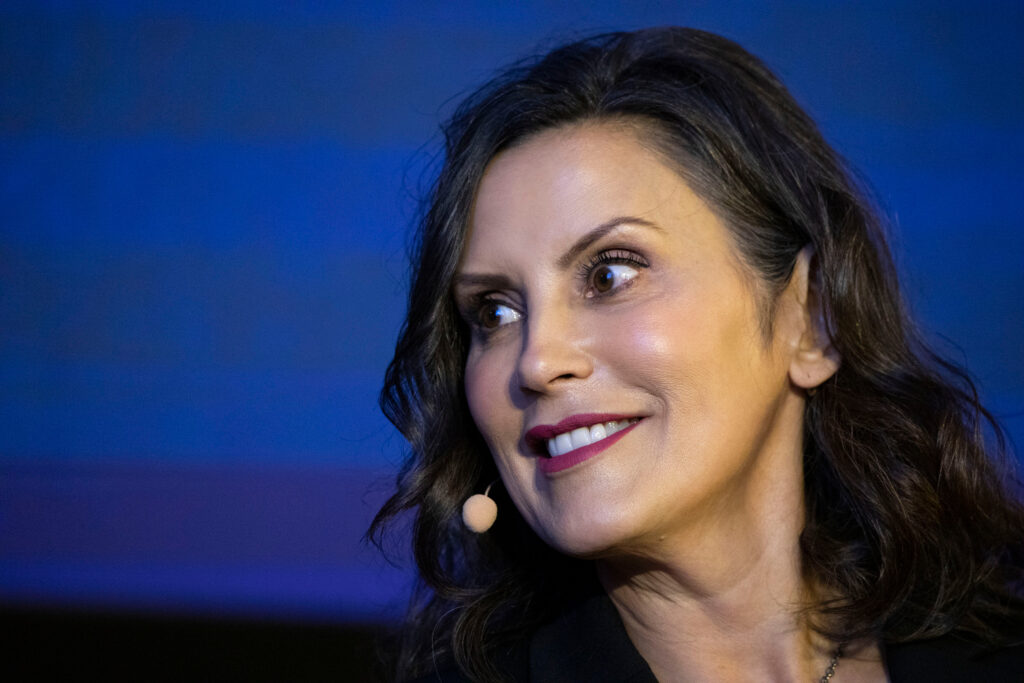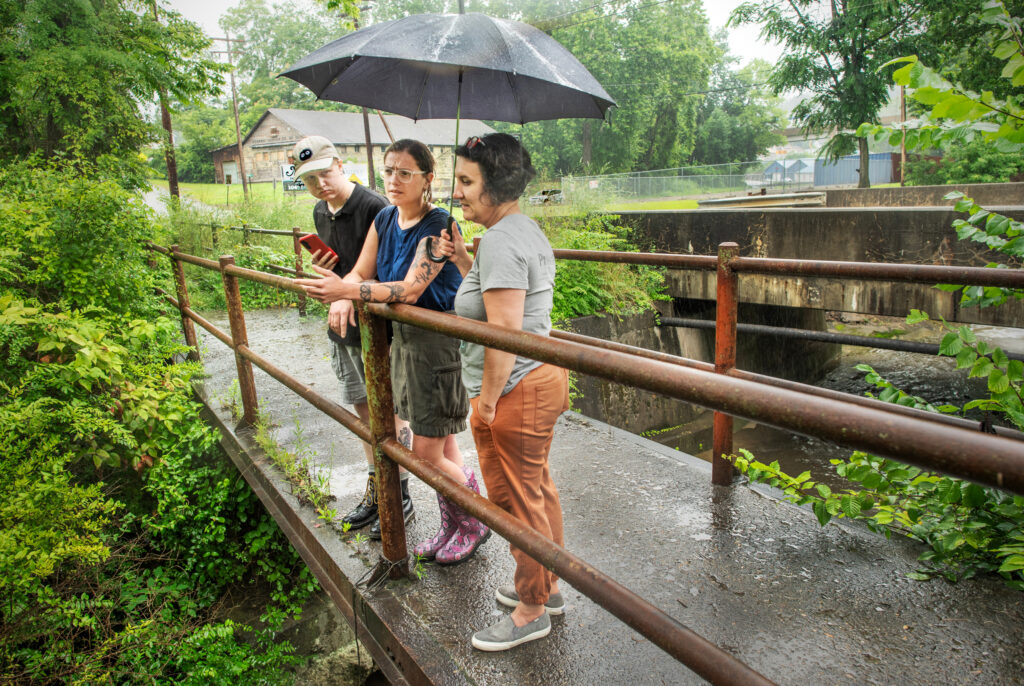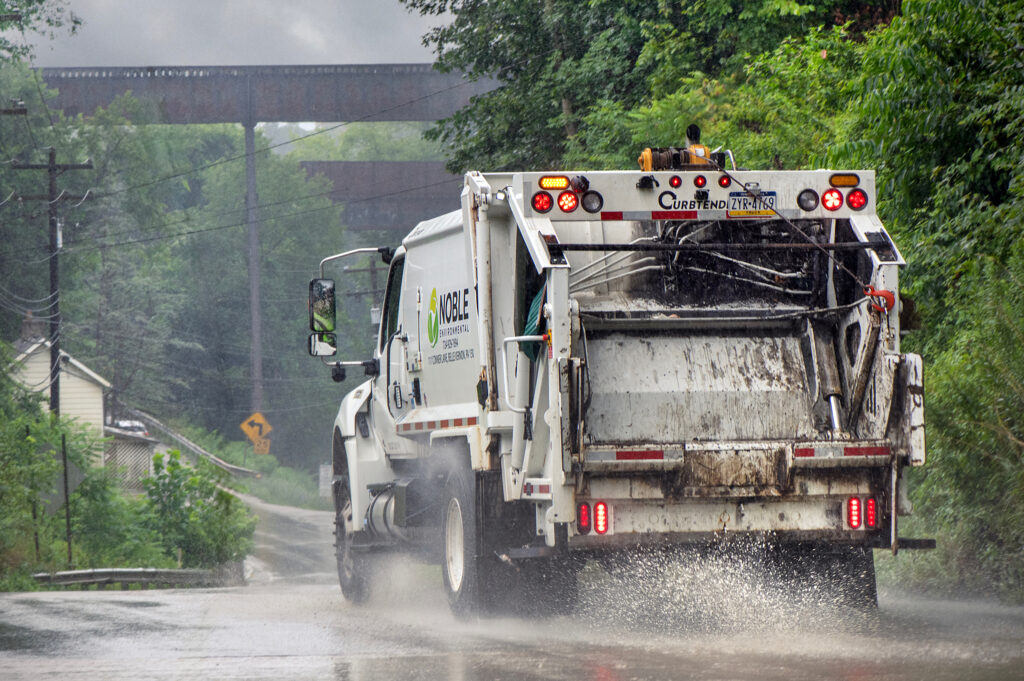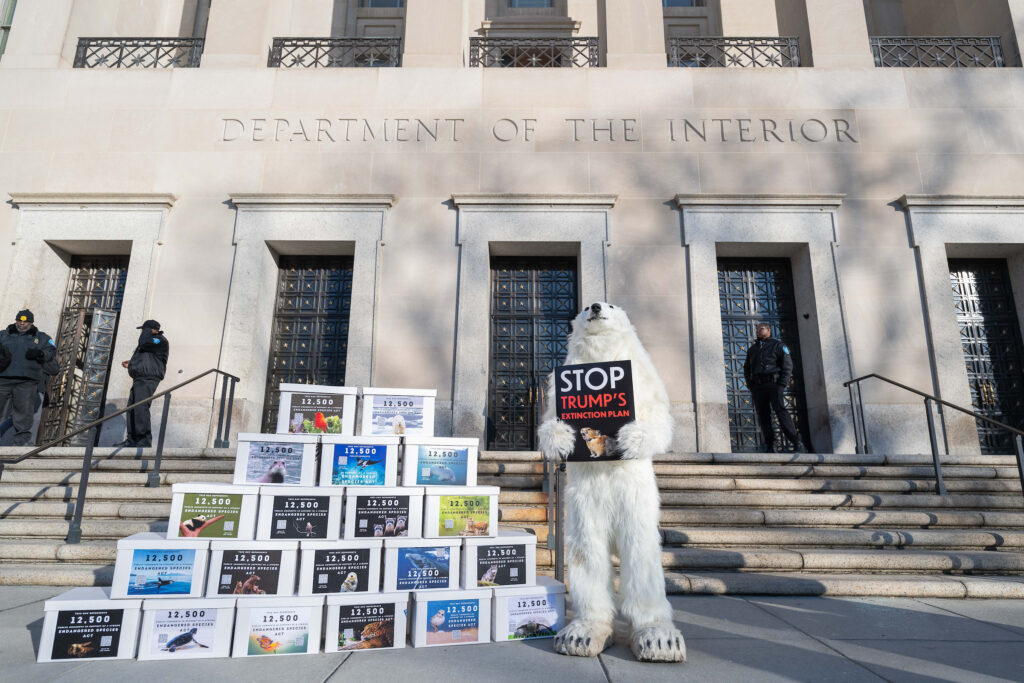Illinois Gov. JB Pritzker, who announced last month that he’s running for a third term in 2026, has been outspoken in challenging the Democratic Party to do as he does: loudly criticize the Trump administration on its reversal of some long-held policies and values.
His approach to climate is in keeping with this attitude—though critics say there’s room for improvement.
During Pritzker’s tenure, Illinois has been a leader on climate policy in the Midwest. His landmark climate bill, the Climate and Equitable Jobs Act (CEJA), which he signed in 2021, set some ambitious goals for the state, including becoming wholly reliant on clean energy by 2050. Pritzker’s running mate this time, former Deputy Governor Christian Mitchell, was an architect of CEJA, a choice some experts said was a strong sign that climate innovation would continue to be a priority.
But the pace of Pritzker’s reforms has drawn criticism. “A goal is one thing,” said Robert Hirschfeld, director of water policy at the Illinois-based nonprofit Prairie Rivers Network, “and implementation is another.”
In February, WBEZ reported that Illinois was lagging on some renewable energy and EV targets. A state audit released in June showed Illinois had fallen short on some climate goals, including by failing to properly administer clean-energy jobs and training programs intended to help communities struggling with economic and environmental problems.
There’s also the fact that since CEJA passed, the national political climate has shifted. President Donald Trump’s recent One Big Beautiful Bill Act slashes tax credits and incentives for clean energy and significantly changes the playing field for renewable transitions.
ICN asked climate advocates as well as community organizers across Illinois about Pritzker, a billionaire businessman and politician reportedly gauging prospects for a 2028 presidential run: What has he done well, where has his administration dropped the ball and what might the future look like?
They said the governor has made admirable progress overall—but there’s a lot more to be done.
Where Illinois Succeeded
Several experts cited the CEJA as proof of Pritzker’s dedication and commitment on climate change.
Jonathan Sack, a senior advisor at the National Resources Defense Council Action Fund, said Pritzker “made Illinois a leader in climate action in the Midwest.” CEJA provided funds to build renewable energy sources, create incentives for electric vehicles and stoke job training for a pipeline of clean energy careers. CEJA was “a crowning achievement,” Sack said.
Jennifer Walling, executive director of the Illinois Environmental Council, which represents 100 environmental groups, considers Pritzker surprisingly forward-thinking on climate. “I’ve been doing this for 15 years and I’ve been through, even before this, almost four different governors’ administrations. Governor Pritzker has been the absolute best on environment and climate,” she said.
“He blends an interest and passion for it with [getting] things done and setting goals. It’s really been very impressive,” she said. The strides toward renewable energy are notable, she said. “One of the biggest challenges to renewable energy deployment in the entire country is local permitting. And he has overcome a lot of that. We still have some places to go, but I really don’t have criticisms in the power sector.”
She added: “I didn’t expect this to be our climate governor. And he is.”
Hirschfeld at Prairie Rivers Network said Pritzker used the CEJA to encourage energy generation and develop the clean power sector. “Illinois is absolutely leading other states on that,” he said.
Mayra Mendez, the executive director of the nonprofit Clean Power Lake County, a community organization focused on environmental, economic and racial justice, offered praise—and a recommendation.
“As an environmental advocate, I’ve watched Governor Pritzker take bold, transformative steps to safeguard Illinois’ climate,” she said in an email. The CEJA “demonstrates his commitment to both environmental justice and economic opportunity, ensuring that communities most burdened by pollution have access to clean energy jobs.
“Moving forward, we have to make sure Illinois meets our ambitious goals and continues to make progress to protect the environment for all,” Mendez said.
“I didn’t expect this to be our climate governor. And he is.”
— Jennifer Walling, Illinois Environmental Council
Oscar Sanchez, co-executive director of the Southeast Environmental Task Force in Chicago, is critical of the governor’s efforts to address the climate crisis’ impacts in the hardest-hit communities but noted Pritzker’s ability to implement change and to foster trust in his economic policies. “He brings political leverage, and he knows what it takes to be able to make things happen,” he said.
The governor’s office directed Inside Climate News to several press releases about Pritzker’s climate work, rather than accommodating an interview, and said to reach out to the campaign for information on future priorities. His campaign did not respond to a request for an interview.
Room for Improvement
Land use and agriculture is one area where the governor could significantly improve his climate reforms, according to Hirschfeld of the Prairie Rivers Network.
“Agriculture has got a massive footprint in the state. As it’s practiced in Illinois it’s not only a driver of water pollution, but also greenhouse gas emissions. And I don’t think we have fully grappled with that,” he said. Policies aimed at improving these problems have been overhyped and are not sufficient, Hirschfeld said.
“The next step is to look at how we’re using our landscape and whether we could be using it better—not only in terms of greenhouse gas emissions and climate, but also for soil health, water quality, air quality and, frankly, food production,” he said.
Hirschfeld added: “We are using vast amounts of our land to grow biofuels. It’s astonishing. When you look at it, there’s near-universal consensus that having so much land go to these biofuels is just terrible policy … but we have a system where some people are profiting and making money, and it’s been very difficult to change it.”
This story is funded by readers like you.
Our nonprofit newsroom provides award-winning climate coverage free of charge and advertising. We rely on donations from readers like you to keep going. Please donate now to support our work.
Donate Now
The Southeast Environmental Task Force’s Sanchez said underserved residents of Chicago are facing an uphill battle in terms of public health, which he believes the governor has not addressed adequately.
The communities that his group helps are most impacted by heat waves, floods and blackouts, he said. Pollution from the roughly 250 industrial operations on the Southeast Side, he added, harms residents’ health.
“There’s not enough protection and not enough implementation of the protections that exist,” Sanchez said.
Rather than subsidies for battery storage and solar panels, he wants to see more economic-development efforts targeted at helping “the people who have been facing the front of this climate crisis and continue to face it.”
Sanchez also worries about the vast differences between Pritzker, whose family owns the Hyatt hotel chain, and the people who most need government action. “What happens when he has to choose between his interests and our interests?” Sanchez said. “I think the question is, do we trust the billionaire with the environmental movement? Do we trust the billionaire on public health? And … when don’t we trust him?”
“There’s not enough protection and not enough implementation of the protections that exist.”
— Oscar Sanchez, Southeast Environmental Task Force
Transportation is a big concern for Sack of the NRDC Action Fund. It’s the biggest source of carbon emissions in Illinois, he noted, and some CEJA goals in that sector are just five years in the future.
“There’s a big goal on the horizon for 2030 to get 40 percent of our power from renewable sources. There’s a lot of work to do to meet that goal.”
Walling of the Illinois Environmental Council said that transportation as well as land use required more ingenious approaches. “We really have not done a great job of land conservation,” she said. Considering the fact that 75 percent of Illinois is agricultural land, “how do we … ensure that farmers are incentivized to sequester carbon through their farming practices? And that part just has never gotten any interest,” she said.
The next two years—including months leading to critical midterm elections—should be “laser-focused on renewable energy deployment,” Walling said.
“We need to go faster on the permitting, whether it’s permitting that happens at the local level, permit disputes at the local level, state agency permitting—we need to go as fast as possible before those tax credits run out,” she said. “We have a deadline now. I think that has to be a priority.”
The Washington Effect
The Trump administration has made climate action much more difficult, and the One Big Beautiful Bill Act in particular will hurt mitigation work, advocates said.
“In some ways, Trump has given us a roadmap of the goals that we need to hit and when we need to hit them,” Walling said. “There’s no delaying anymore.”
The national backdrop makes state and local action even more important, Sack said. He’s hopeful about Illinois’ chances.
“The governor understands the importance of climate action. He’s not just talking the talk, he has been walking the walk,” Sack said. “Yes, there’s more work to do. And I think the [Pritzker team] would be the first to acknowledge that. But we’ve always known that this wasn’t going to be a straight line of progress.”
About This Story
Perhaps you noticed: This story, like all the news we publish, is free to read. That’s because Inside Climate News is a 501c3 nonprofit organization. We do not charge a subscription fee, lock our news behind a paywall, or clutter our website with ads. We make our news on climate and the environment freely available to you and anyone who wants it.
That’s not all. We also share our news for free with scores of other media organizations around the country. Many of them can’t afford to do environmental journalism of their own. We’ve built bureaus from coast to coast to report local stories, collaborate with local newsrooms and co-publish articles so that this vital work is shared as widely as possible.
Two of us launched ICN in 2007. Six years later we earned a Pulitzer Prize for National Reporting, and now we run the oldest and largest dedicated climate newsroom in the nation. We tell the story in all its complexity. We hold polluters accountable. We expose environmental injustice. We debunk misinformation. We scrutinize solutions and inspire action.
Donations from readers like you fund every aspect of what we do. If you don’t already, will you support our ongoing work, our reporting on the biggest crisis facing our planet, and help us reach even more readers in more places?
Please take a moment to make a tax-deductible donation. Every one of them makes a difference.
Thank you,



